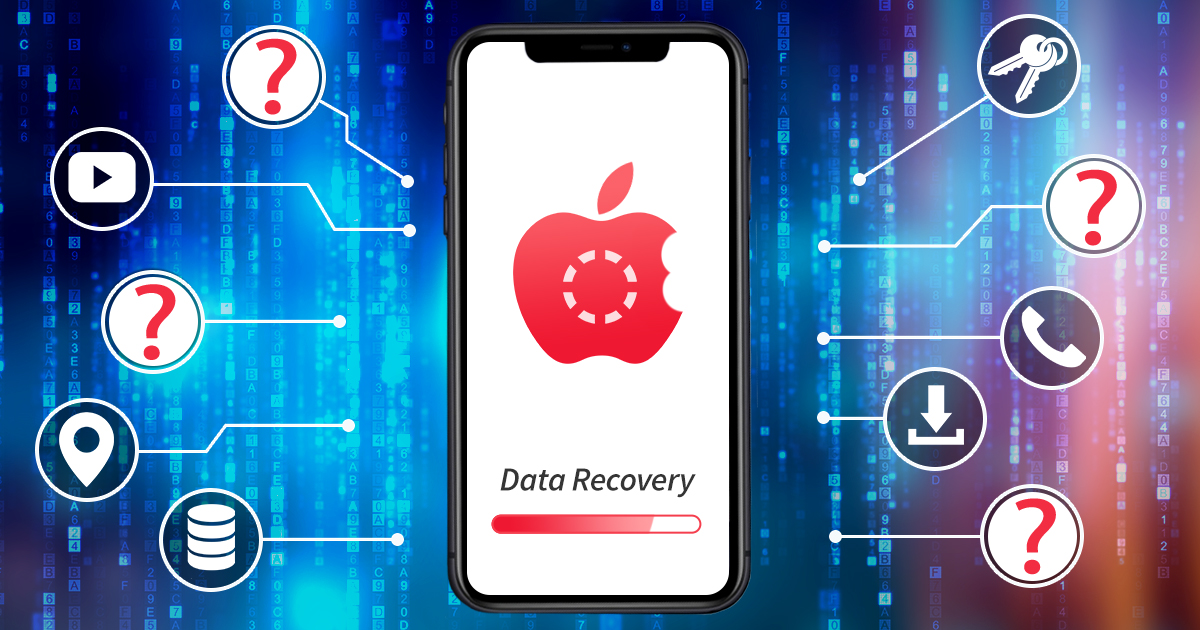There’s nothing more frustrating than losing data on your iPhone or iPad. Whether it’s accidentally deleting an important message or accidentally wiping your device when installing an updated operating system, losing data on your iPhone can be a real blow. If you’ve ever accidentally deleted an important message, photo, or app on your iPhone, you know how devastating it can be. Fortunately, data recovery for iPhone is now easier than ever before. Whether you’ve accidentally formatted your iPhone, deleted a file that you can’t seem to recover, or want to retrieve contacts, text messages, photos, videos, and other data that you’ve accidentally deleted, you can now do so with a few easy steps.
Find Out if Your iPhone Store Data Can Be Recovered
The first thing you should do is try the following steps to see if your iPhone store data can be recovered:
- Connect your iPhone to a computer and open iTunes.
- Select the iPhone in iTunes and then click “Check for Update” if available.
- If there is an update, select “Download and Update” to install it on your iPhone.
- After installation, try restoring the iPhone as a new device (or from an older backup). This will clear out any problems that may have been preventing the old data from being recovered.
- After restoring, sync with iTunes again to access any newly added mail or other items stored in iCloud Drive or iCloud Photo Library.
Take a Full Backup
The first step to ios data recovery is backing up your iOS device. Backing up your iOS device can be done wirelessly through iCloud or iTunes. If you’ve enabled iCloud, then you can simply back your device up to the cloud by going to Settings > iCloud > Backup. And if you have iTunes on your computer, then you can connect your device and back it up to the computer by going to File > Devices > Transfer Purchases. Data recovery for iPhone is now easier than ever before.
Check for and Install Data Recovery Software
In order to be able to recover deleted data on your iPhone, you’ll need to have the proper tools. Downloading a data recovery application will allow you to find and retrieve any lost data from your iPhone. These apps are available for both Mac OS X and Windows operating systems and are compatible with the latest hardware and software updates for your device. One of the most popular is called PhoneRescue by iMobie, which can be downloaded from their website or through the Apple App Store. In order to install this type of software on your computer, you will need an internet connection and free storage space on your machine that has at least 2 gigabytes of space.
Retrieve Data from a Previous Backup
Do you have a backup of your data? If not, don’t worry. As long as you have an iOS device, iTunes or iCloud backup of the data on your iPhone, you can use a recovery program to get that lost data back.
With data recovery software, you can simply choose all the files that you need to recover and then go ahead and start the process. The program will scan your device for deleted files, retrieve them from previous backups, and save them on your computer for easy access.
Use an iPhone Data Recovery App
One of the easiest ways to recover deleted data on your iPhone is to use an app. There are a variety of iPhone data recovery apps available in the App Store that allow you to easily recover deleted files and folders on your iPhone. One example is R-Studio for iOS, which can be used to scan various file types including images, videos, audio, notes, contacts and more. The app is compatible with all iOS devices from the latest iPhone 7 up to the original iPad Mini.
Conclusion
Restoring your data may seem like a daunting task (especially if it’s been lost for a while), but if you take the time to learn about the different ways you can retrieve your data and take the appropriate precautions beforehand, you’ll be able to save and restore your precious memories.

